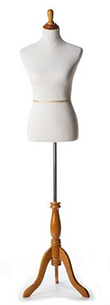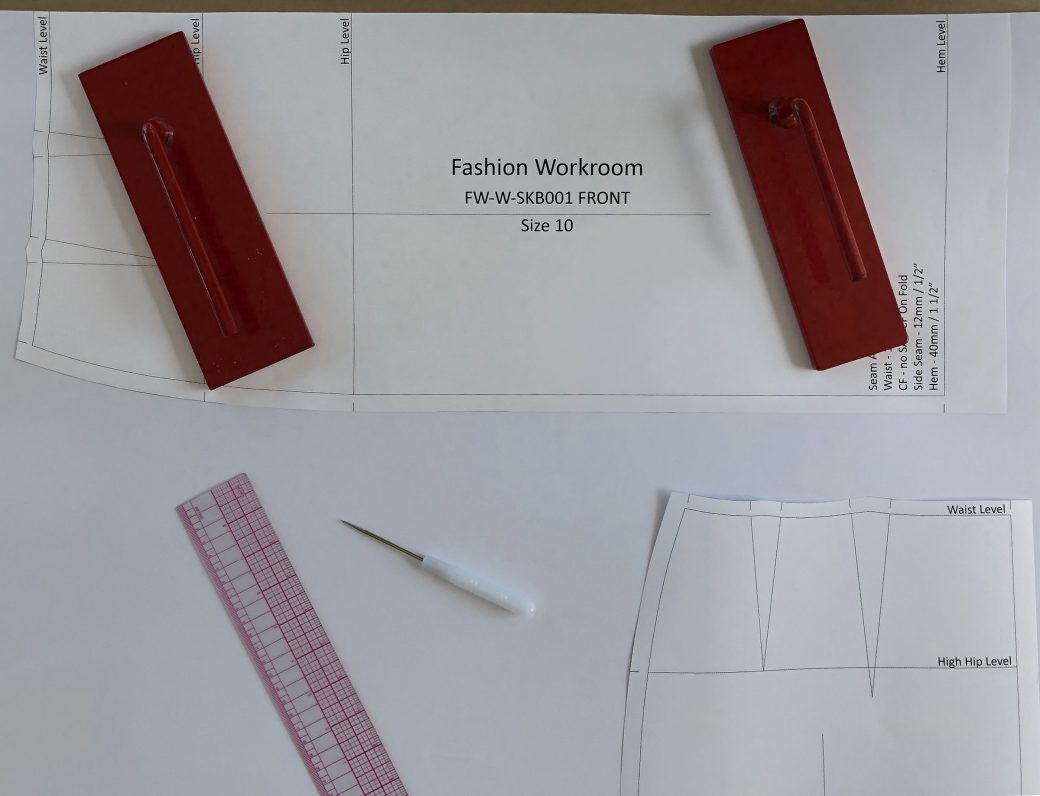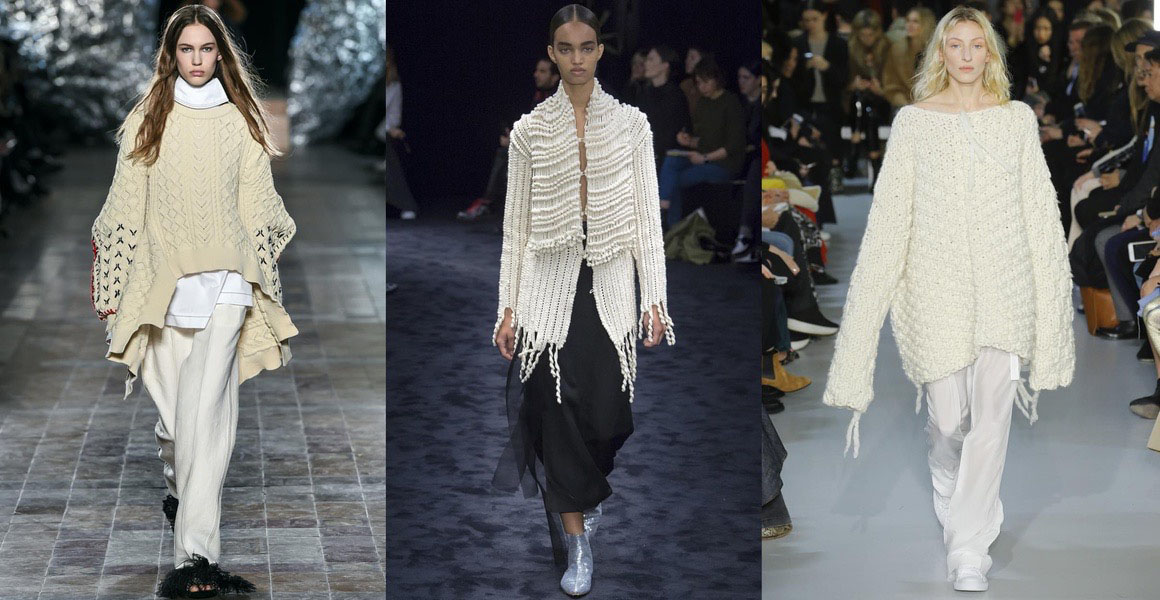FW Tutorial Series | Volume 1 | Issue 1 | Creating a Block Copy
Volume 1 | Issue 1 | Creating a Block Copy
Welcome the first issue in our series of tutorials for block making.You have received your chosen block…what now?
Here is step by step tutorial how to make a copy of your block.
Step 1 | Preparation
- Roll out flat the AO sheet as soon as you receive
- Do not leave in a roll
- Please take care to not damage the paper
- Leave in a safe place until you are ready to cut out
Step 2 | Cutting out the Master Block
- Cutting is easy isn’t it? Well actually cutting is easy however being accurate isn’t.
- Using a good pair of sharp paper scissors gently do a “rough cut” approximately 1.5cm outside the block

- Now cut very carefully on the black line of the blocks


Step 3 | Marking the Master Block
- Using your Pattern Awl, make a small hole at exactly the tip of each dart.
(Make this hole only big enough for your sharp pencil to go through)
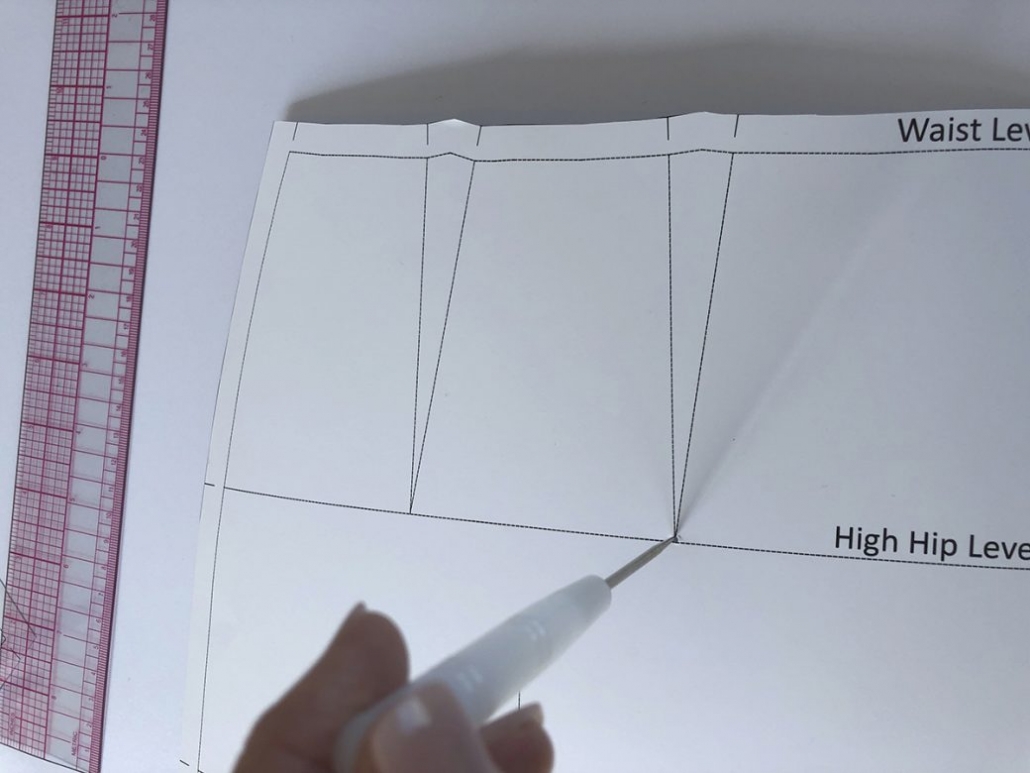
- Optional | Notching | I do not notch my basic blocks for accuracy however if you would like to notch notch the areas your would like eg dart ends, seams, levels etc.
Step 4 | Tracing the Master Block
- Place the blocks exactly on the edge of the cardboard.
- Put pattern weights or anything that will not damage your block, however stop your block from moving as you trace the master block
- Once secure take a sharp HB pencil and trace around the Master Block.

Step 5 | Transfer Markings to Block Copy
- Using you sharp pencil mark Dart ends
- Using a your Pattern Making ruler mark the dart ends, block levels (High Hip, Hip)
- Use your rulers to clean up any lines, eg hip, side seam
- Label Block replacing Fashion Work room with your name
- Hole punch the block to hang on a pattern hook
- Optional: professionally laminate the block.

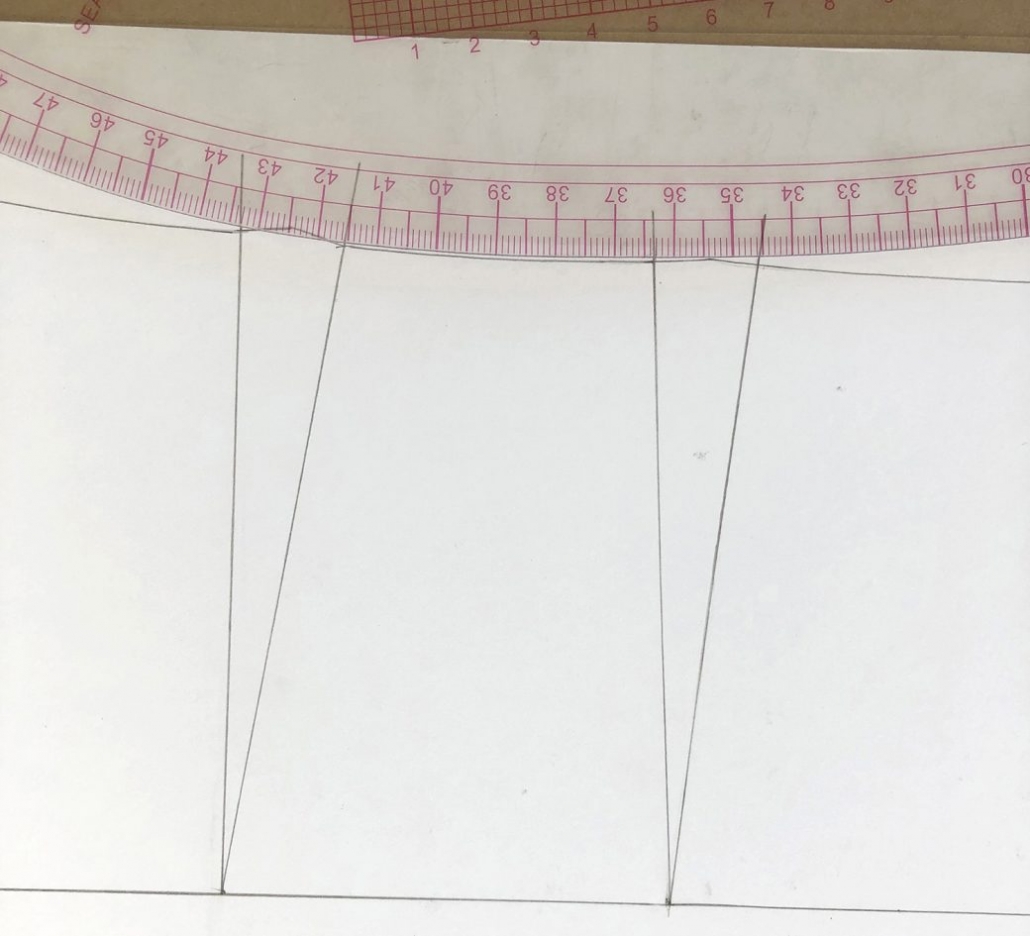
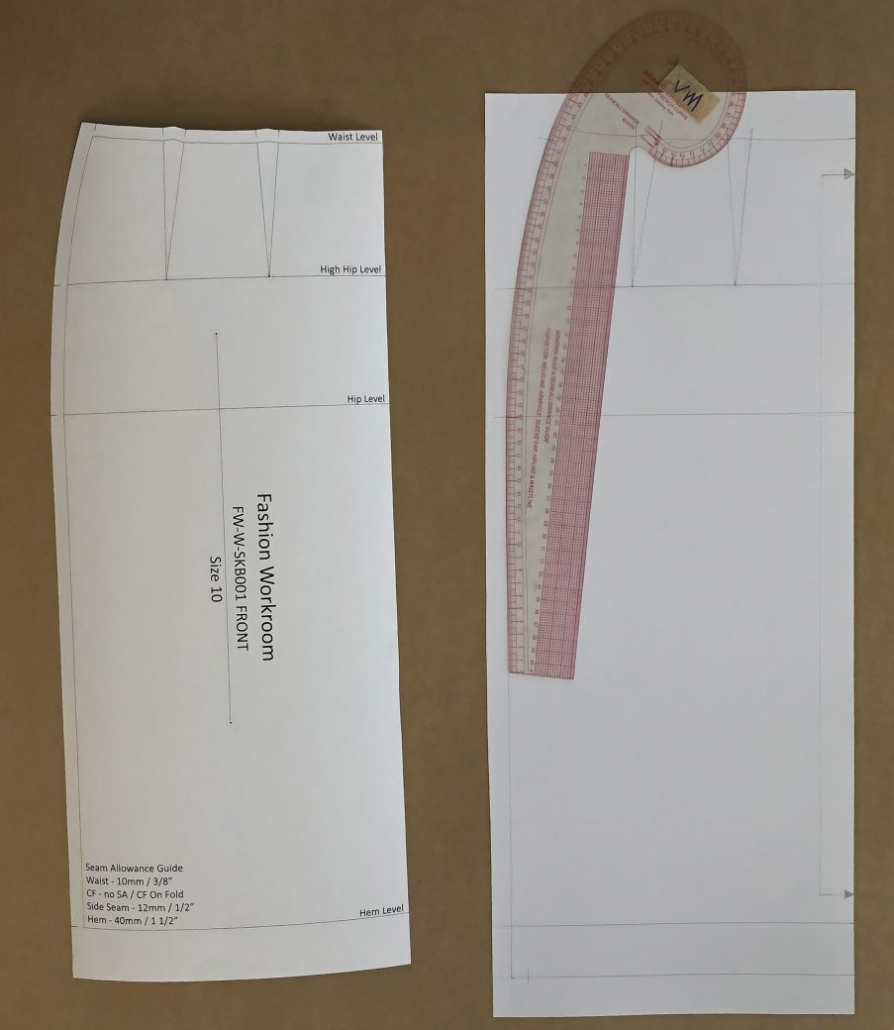
Congratulations you have now made your first copy!

Fashion Workroom Tips
- Good quality paper scissors.
- Do not not rush this, do it once.
- Accuracy in every step.
- File away your Master Block so it is very good condition when you need to re produce a new block
- I keep my blocks in a clear plastic garment bag for protection.
Need more information contact us
Next tutorial coming..
Volume 1 | Issue 2 | Creating a Personal Pattern from a Basic Block


